22 Things To Check Before You Take Your Car On A Roadtrip

A road trip is one of the most exciting ways to explore new places, but it’s crucial to ensure your car is in top shape before hitting the open road.
To avoid surprises and make your trip smooth, here’s a list of things to check before you leave.
1. Tire Tread
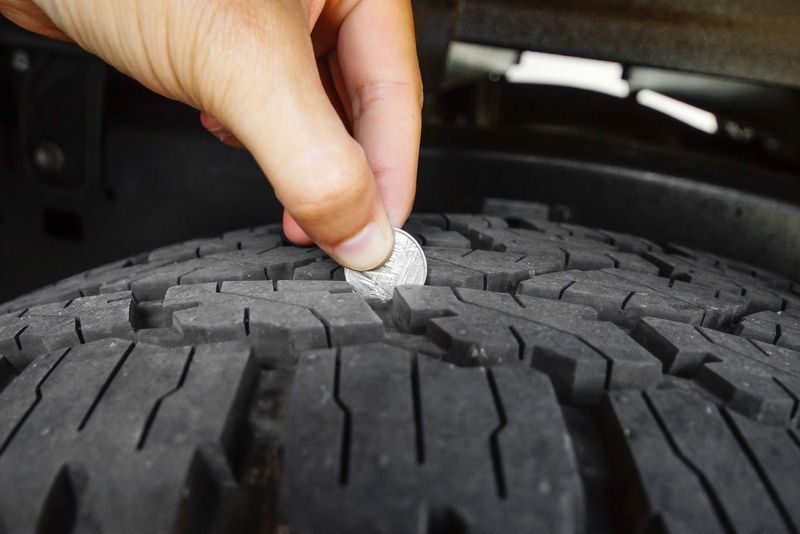
Check the tread depth on each tire. Bald tires or those with low tread can be dangerous, especially in wet or slippery conditions.
Use a tread depth gauge or perform the ‘penny test’ by inserting a penny upside down into the tread—if you can see Lincoln’s head, it’s time for new tires.
2. Tire Pressure
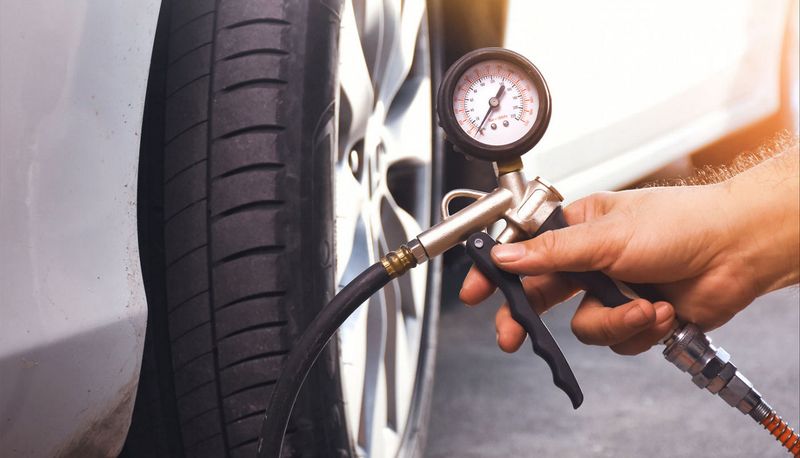
Ensure all tires are inflated to the recommended pressure levels. Under-inflated tires can decrease fuel efficiency, cause uneven wear, and negatively affect handling.
Over-inflated tires, on the other hand, can make you more prone to blowouts. A quick check using a tire pressure gauge is an easy way to avoid this issue.
3. Engine Oil
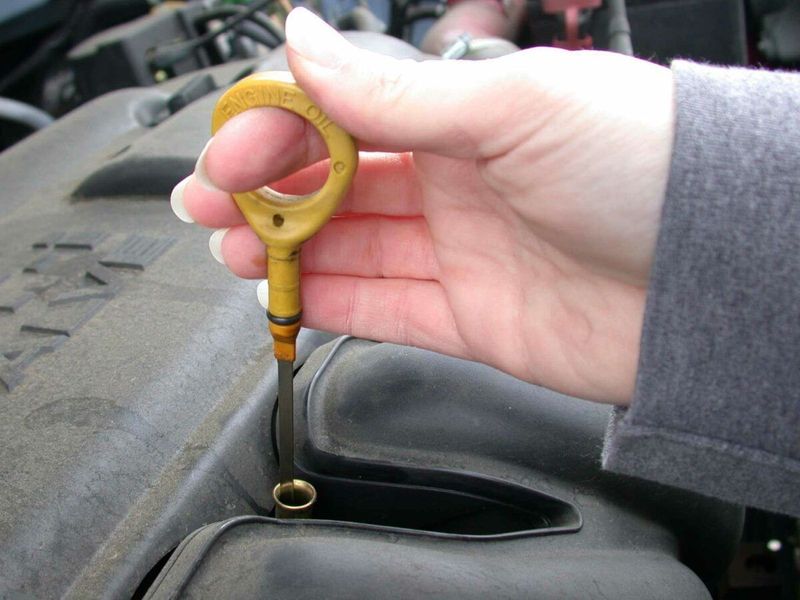
Check the engine oil level to make sure it’s at the proper mark. Low oil levels can lead to engine damage, and old oil can cause the engine to run less efficiently.
Topping up or changing the oil beforehand ensures your car runs smoothly and can help avoid costly repairs later.
4. Coolant Level
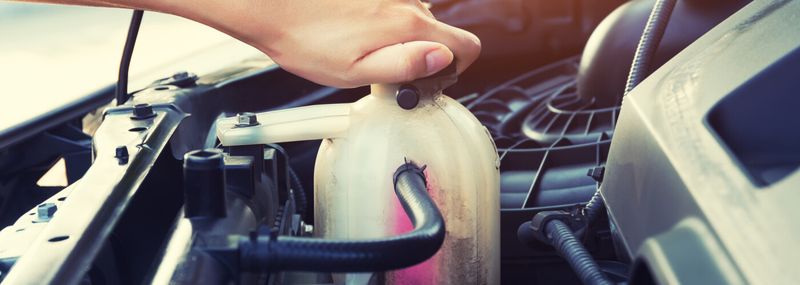
Make sure the coolant or antifreeze level is adequate to prevent the engine from overheating. A sudden loss of coolant can lead to engine damage or breakdowns, especially during long trips.
Top it up if necessary, and check for any leaks around the coolant reservoir or hoses.
5. Brakes
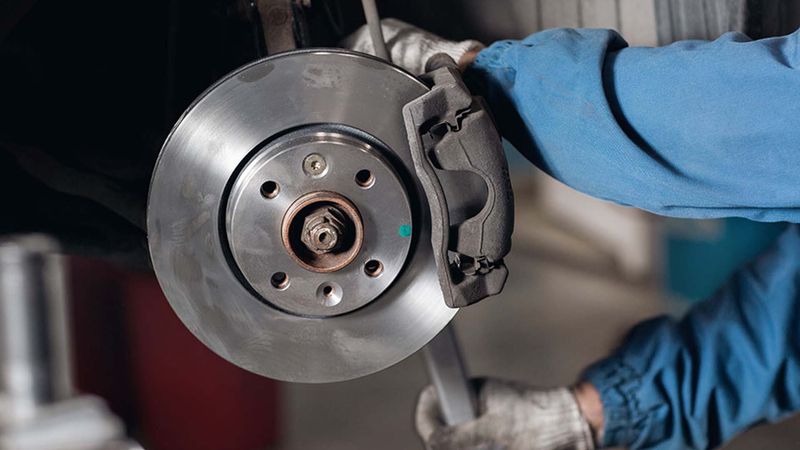
Test the brake system to ensure it’s functioning properly. If you hear any unusual sounds, such as squealing or grinding, or feel vibrations when applying pressure, it’s a sign to have your brakes checked immediately.
Effective brakes are crucial for your safety, especially on long journeys.
6. Battery Condition
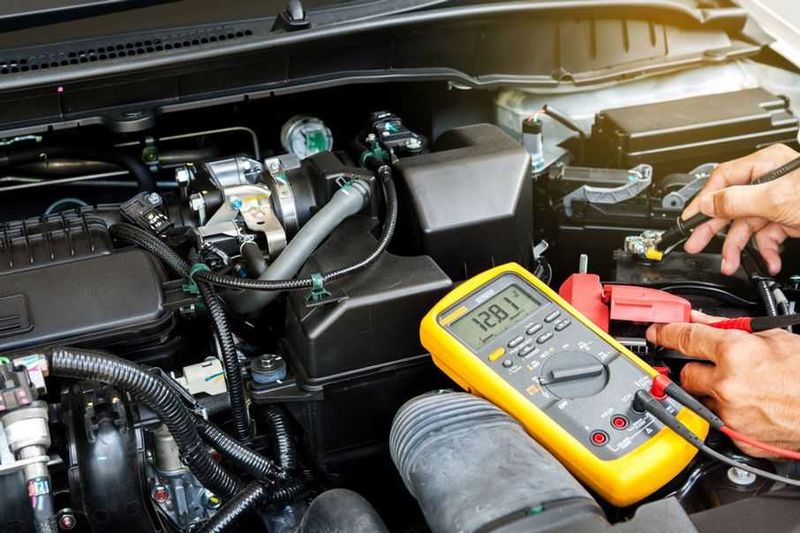
Check the battery terminals for corrosion and ensure the battery is charged. If your car is more than a few years old, it’s a good idea to get the battery tested at a service station to avoid unexpected failures.
If the battery is more than three years old, consider replacing it before a long trip.
7. Wiper Blades
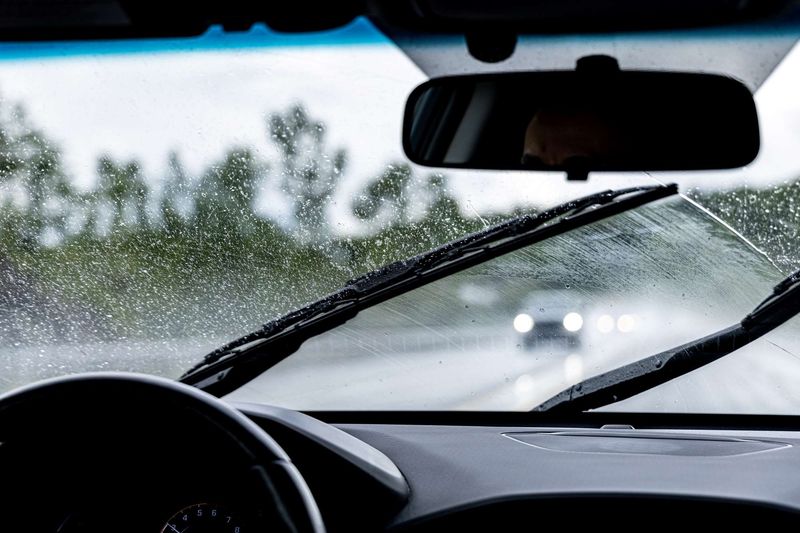
Ensure the wiper blades are in good condition. If they leave streaks, have visible cracks, or aren’t clearing water effectively, replace them before your trip.
This is especially important if you’ll be traveling through areas prone to rain, as clear visibility is essential for safe driving.
8. Windshield Washer Fluid

Fill up the windshield washer fluid reservoir, especially if you’re heading into areas that could have dirt roads or unpredictable weather.
Running out of washer fluid on the road can be a nuisance and make it difficult to keep your windshield clear during heavy rain or after a long stretch of driving.
9. Lights and Indicators

Check all lights, including headlights, tail lights, brake lights, and turn signals, to make sure they’re functioning. Driving without working lights is not only dangerous but also illegal in some areas.
If you have burnt-out bulbs, it’s a simple fix that can prevent an accident or a ticket.
10. Air Conditioning/Heating
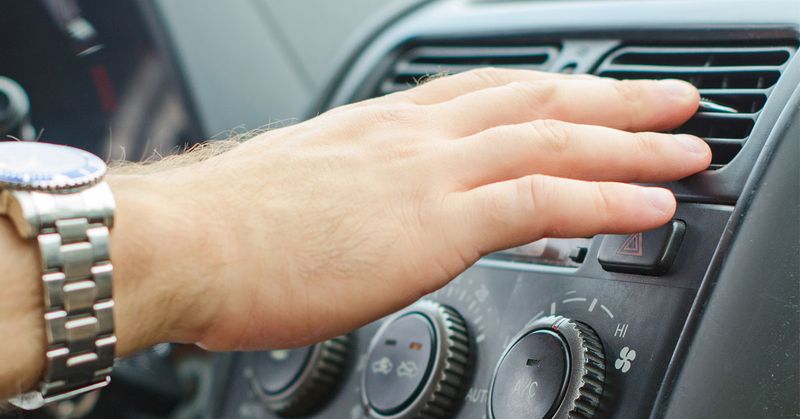
Test your car’s air conditioning and heating systems to ensure they’re working properly. Whether it’s hot or cold outside, you want to ensure you’re comfortable.
If your A/C or heat isn’t working, it could make for a very uncomfortable trip, so it’s best to have it checked before you leave.
11. Fluid Levels

Top up other essential fluids such as transmission fluid, power steering fluid, and brake fluid. These fluids help ensure your car operates smoothly, especially during long journeys.
Running low on any of these fluids can result in costly repairs, so it’s worth checking the levels before you head out.
12. Belts and Hoses
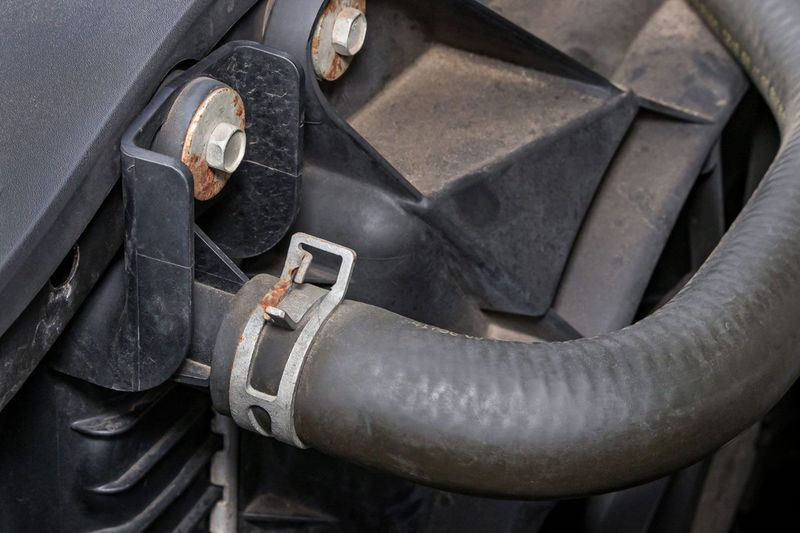
Inspect belts and hoses for any signs of wear, cracks, or fraying. A broken belt or hose can cause major issues, like overheating or power steering failure.
If any of them appear to be in bad shape, replace them before you head out to avoid being stranded.
13. Exhaust System
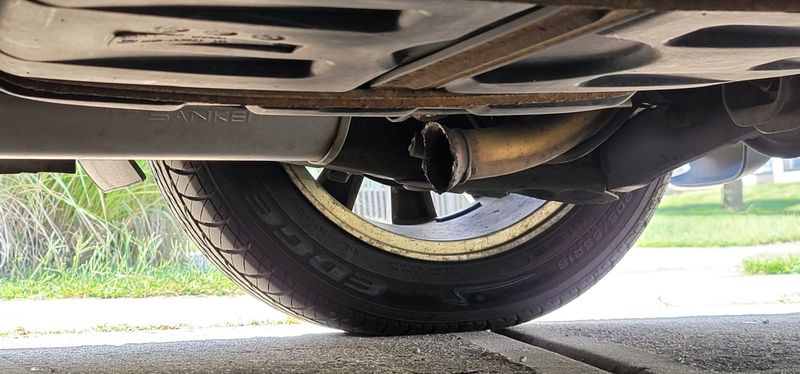
Check for any signs of leaks or unusual noises in the exhaust system. A damaged exhaust can affect your car’s performance, reduce fuel efficiency, and contribute to harmful emissions.
Having it checked and fixed before you leave can help avoid headaches on the road.
14. Spare Tire and Jack
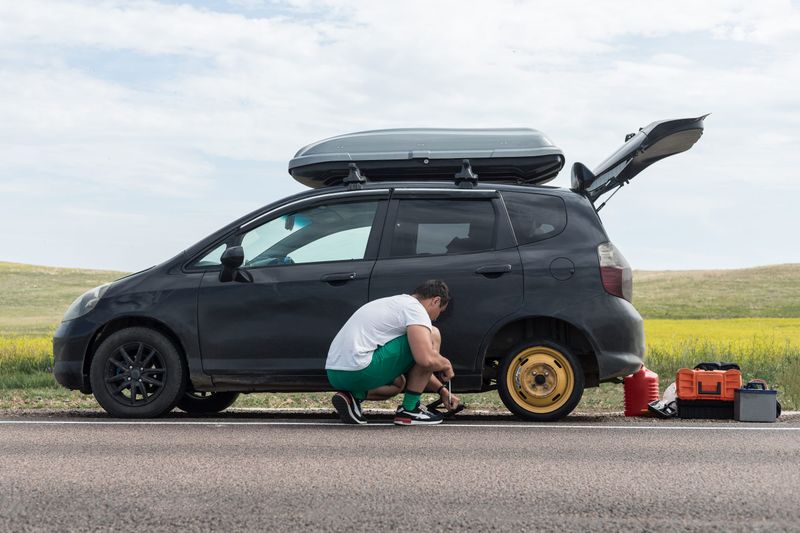
Make sure your spare tire is properly inflated and in good condition, and that the jack and necessary tools are in your trunk in case of an emergency flat tire.
You wouldn’t want to find out your spare is flat when you’re stuck in the middle of nowhere, so it’s better to check before you go.
15. Car Documents
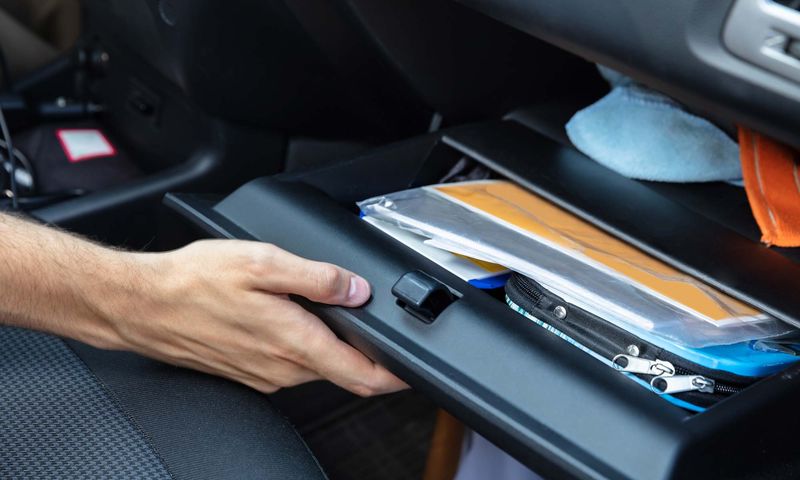
Double-check that you have all the necessary documents for the trip, such as your driver’s license, car registration, and proof of insurance.
You don’t want to get pulled over and find that you’re missing any of these documents, especially if you’re crossing state lines or going on a long-distance drive.
16. Emergency Kit
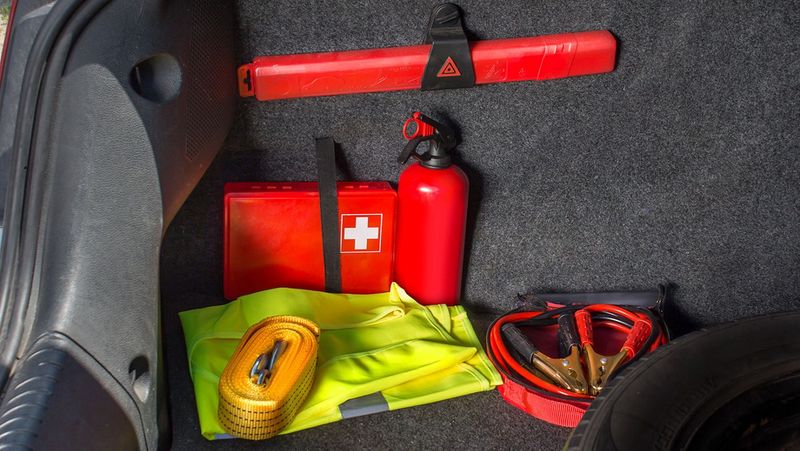
Pack a basic emergency kit that includes items like a flashlight, first-aid supplies, blanket, jumper cables, and a multi-tool.
Having these essentials will ensure you’re prepared for unexpected situations like flat tires, breakdowns, or minor injuries.
17. Navigation and Maps
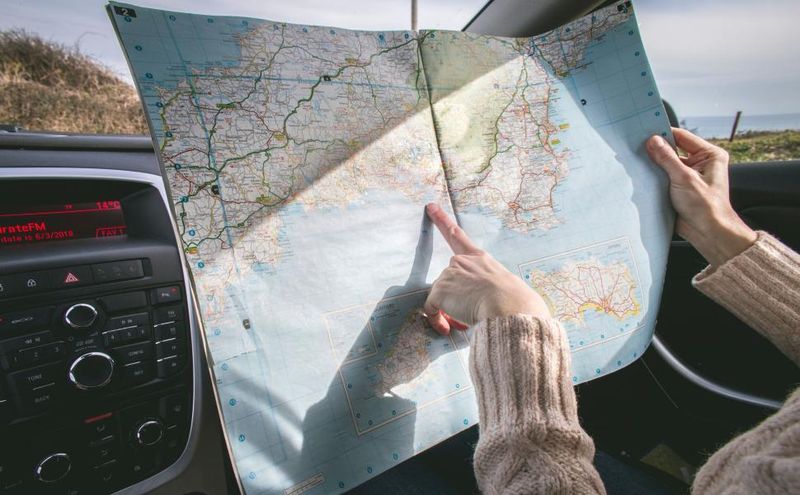
Ensure your GPS system is working properly or that you have access to a good set of offline maps in case of a signal loss. Having an offline map as a backup is a great idea in case you’re driving through areas with poor reception.
This will save you from getting lost or feeling stressed when navigating unfamiliar terrain.
18. Fuel Tank
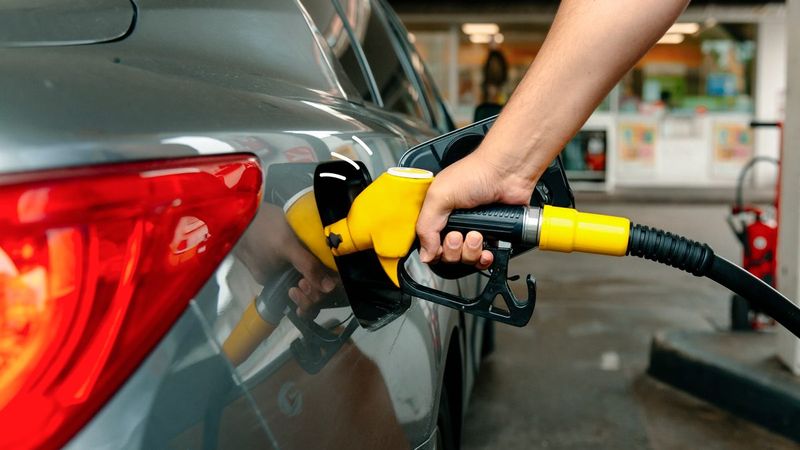
Start the journey with a full tank of gas. It might sound obvious, but you don’t want to risk running out of fuel in the middle of nowhere.
It’s always a good idea to top off the tank before heading into remote areas where gas stations are scarce.
19. Check the Car’s Alignment
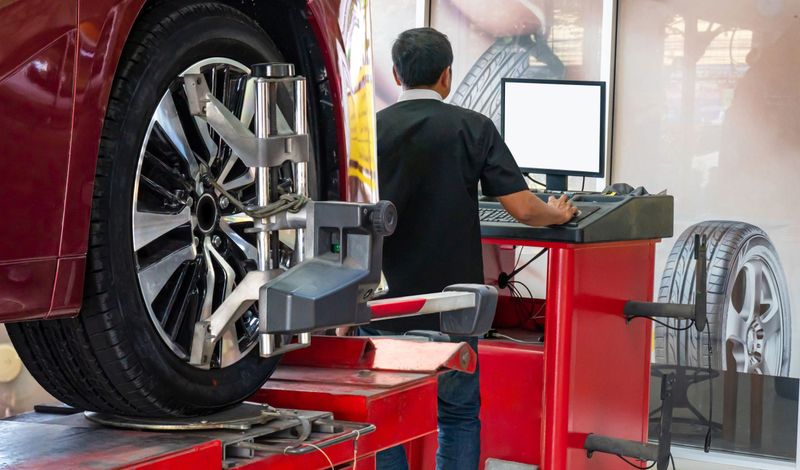
If your steering wheel pulls to one side or your tires are wearing unevenly, it might be a sign that your car’s alignment is off.
Poor alignment can cause uneven tire wear and reduced fuel efficiency, making it a good idea to have it checked before you leave.
20. Test Drive

Take the car for a short test drive to make sure it runs smoothly. Listen for any strange noises, pay attention to how it drives, and make sure you don’t notice any immediate issues before you commit to the long road ahead.
This quick check could help you spot any hidden problems before they become bigger issues.
21. Check for Leaks
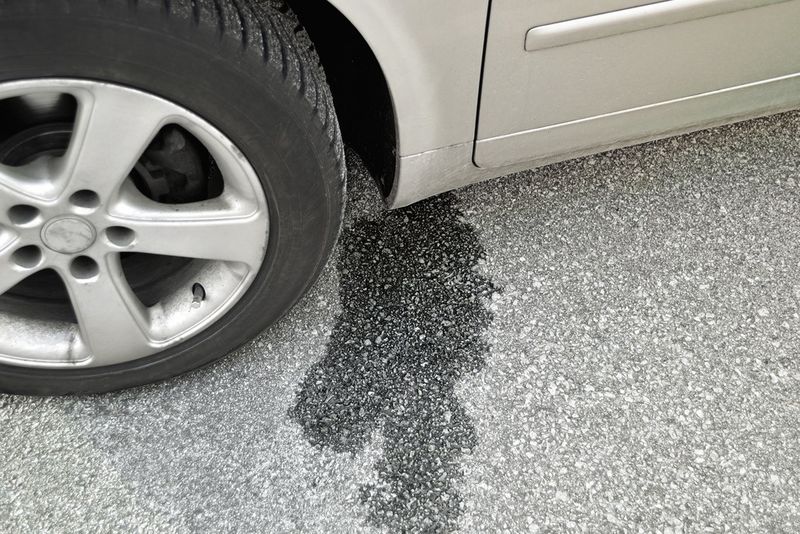
Before heading out, inspect your car for any signs of fluid leaks underneath. Common leaks include oil, coolant, and brake fluid. Even small leaks can worsen over time, and discovering a leak during your trip could lead to bigger problems.
If you spot any, have the issue addressed before setting off to avoid costly repairs later.
22. Test the Horn
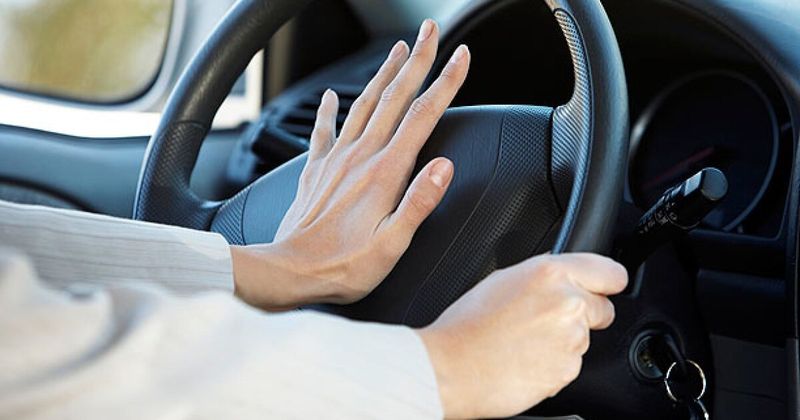
It’s easy to forget about the horn, but it’s an important safety feature. Make sure it works properly, as it’s crucial for alerting other drivers of your presence, especially in emergency situations.
A malfunctioning horn might seem like a minor issue, but you’ll appreciate it when you need it most.
